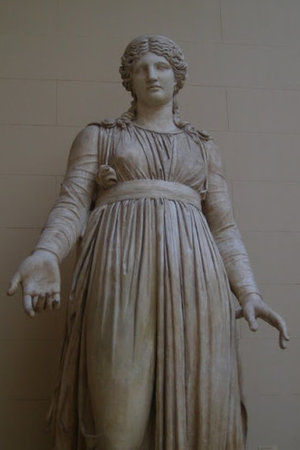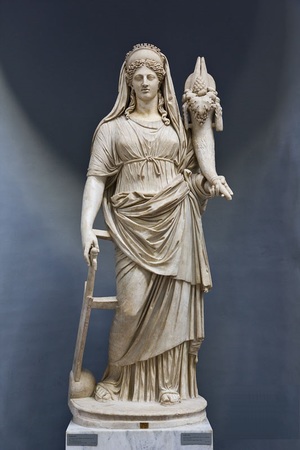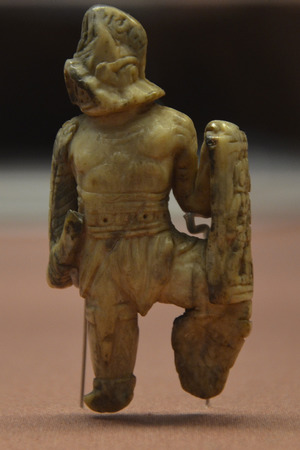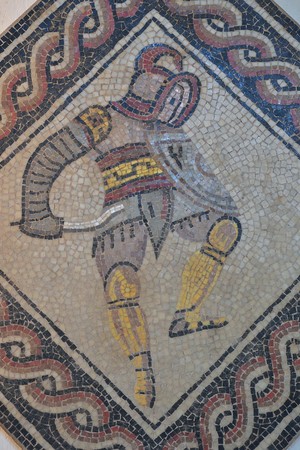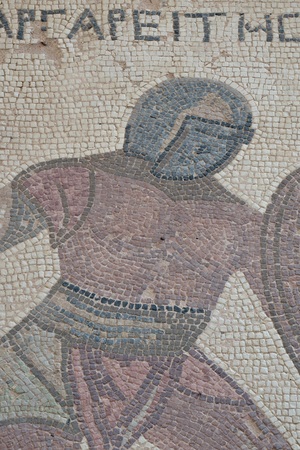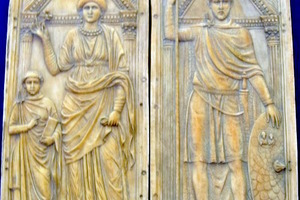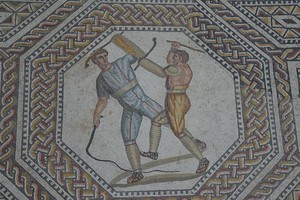Balteus
Balteus, or balteum (from Latin "balteus" - belt), is a general term for a belt in antiquity. It should be noted that a specific type of belt, known as the cingulum (a Roman military belt with suspensions), is a particular case of the balteus. In ancient Greece, it was called "zōstēr" (ζωστήρ). There are other meanings of this term:
- A leather strap for a sword, usually worn over the left shoulder to securely fasten the sword on the right side without changing its position. This strap tightly hugged the warrior's body due to the weight of the sword itself.
- The elongated end of a Roman toga that was draped from the right shoulder to the left.
Balteus among civilians
Among ordinary Roman citizens, both men and women, the balteus was actively used to girdle the tunic, providing convenience in wearing and creating an aesthetically pleasing drape of the fabric in accordance with fashion. Baltei were made from almost anything available, such as woven belts, fabric scraps, or leather strips.
Balteus among gladiators
For gladiators, the balteus was made of leather and was an essential element of their attire. Unlike ordinary roman citizens, gladiators often tied their subligacula instead of tunics with the balteus. This is because not all types of gladiators wore tunics, but almost all of them wore subligacula. The method of fastening the subligaculum with the balteus could vary. There are surviving reliefs and mosaics where the subligaculum protrudes from under the balteus, and others where the balteus fully covers the subligaculum from above. It is also worth noting that gladiatorial baltei could be adorned with classical ornaments.
Related topics
Cingulum, Legionnaire, Gladiator, Toga, Tunic, Subligaculum

 Gallery
Gallery






